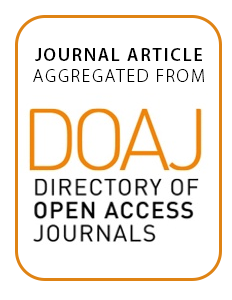Density, Spatial Pattern and Relief Features of Sacred Sites in Northern Morocco
Sacred sites are of conservation value because of their spiritual meaning, as cultural heritage and as remnants of
near-natural biotopes in landscapes strongly transformed by man. The vegetation of sacred sites in Morocco was
studied recently. Information about their number, spatial pattern or relief position is fragmentary. However, these
parameters are important to evaluate their role as refuge for organisms and their representativeness of potential
natural vegetation.

